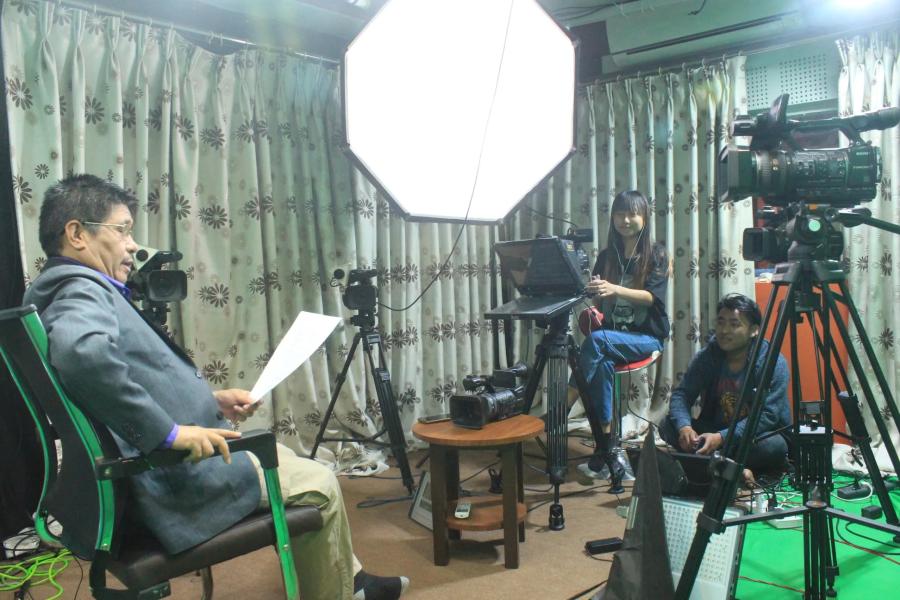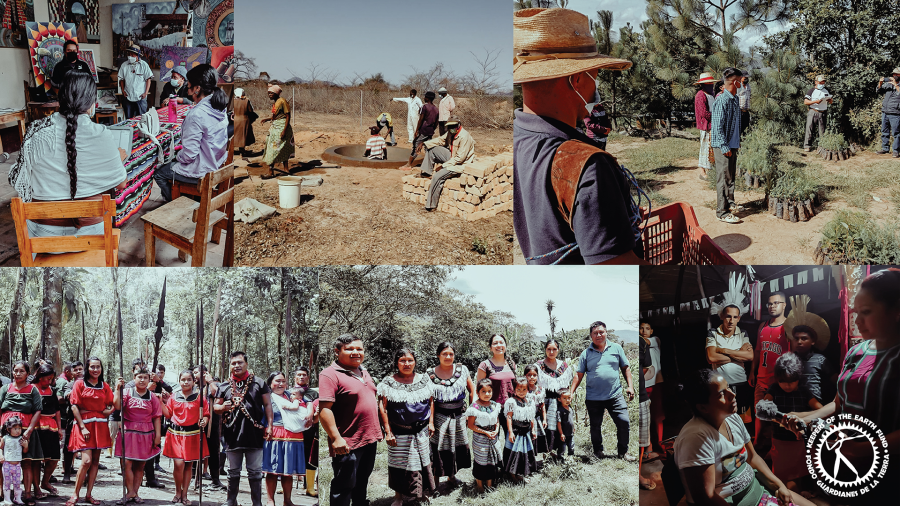The National Geographic Society is going from collecting images and stories to the more invasive practice of collecting blood from indigenous peoples around the world. In April 2005, the National Geographic Society announced its partnership with the IBM Corporation to amass the world's largest bank of indigenous blood and a database of information related to the study of human origins and migrations. This new endeavor, called the Genographic Project, intends to collect, store, and analyze 100,000 DNA samples taken from indigenous peoples.
The five-year $40-million project, also funded by the Waitt Family Foundation of Gateway Computer fortune, purports to "help people better understand their ancient history." The project's research protocol for the North American region was
approved by the University of Pennsylvania's Social and Behavioral Sciences Institutional Review Board (IRB). The protocol asks, among other questions, whether Europeans could have migrated to the Americas thousands of years ago, who were the aboriginal inhabitants of North Africa and whether the Berbers are their direct descendents, and who were the aboriginal inhabitants of Indonesia.
The Genographic Project has established ten regional centers around the world that will be responsible for taking DNA samples from 100 participants from each of 1,000 indigenous groups. The sample collections will be maintained at these regional centers in perpetuity for future research on human history.
The project also intends to analyze so-called "ancient DNA," or the genetic material extracted from the remains of ancestors. In order to obtain genetic material from ancient human remains, scientists must crush, scrape, and otherwise desecrate some portion of the remains. The study of ancient remains is a highly sensitive and emotional issue for indigenous peoples and one that cuts to the heart of the debates around scientific racism.
The Genographic Project is reminiscent of the failed Human Genome Diversity Project (HGDP) of the 1990s, which was found unsuitable for US federal funding due to intractable bioethical problems. Although the Genographic Project has tried to distance itself from the HGDP, both projects share similar goals and intellectual leadership. The main significant difference is that the Genographic Project has secured private funding, and thus does not have to undergo the same depth of public scrutiny. The absence of federal oversight raises the level of risk, leaving indigenous peoples with fewer mechanisms for accountability.
The plight of the HGDP is well documented. The issues that plagued it, such as the genetic reification of cultural/ethnic groups, group and individual informed consent, storage and security of genetic samples and data, intellectual property issues, false notions of "disappearing cultures," and prioritizing the saving of blood over the people themselves, are all present in the Genographic Project. Yet, the Genographic Project has only minimally addressed those concerns and seems to base its ethics solely on the notion of individual informed consent, which was found to be insufficient in the case of the HGDP. As the U.S. National Research Council Committee on Human Genome Diversity noted in a 1997 report:
" Consent alone cannot justify research on populations that will not be able to benefit from it because such research violates basic principles of social justice and equality. Research subjects can make a gift to researchers or humanity, but the validity of such a gift in the context of studying genetic diversity, especially of isolated populations, is too problematic to provide the sole justification for the research."
Unless the risk-benefit ratio favors the populations to be studied, the research protocol is not ready for ethical review.
But review of the research protocol for the Genographic Project by the Indigenous Peoples Council on Biocolonialism (IPCB) indicates that the project fails to address many key ethical issues that were raised in the context of the HGDP, as well as questions regarding the collective and human rights of indigenous peoples.
In the context of the anticipated "extinction" of cultural diversity due to current economic and social pressures, the Genographic Project asserts one of the primary benefits is to protect cultural diversity. The collection of blood from indigenous peoples may be interesting for scientific inquiry, but the IPCB does not believe it will perpetuate or protect indigenous cultures.
Specific language in the consent form states, "it is possible that some of the findings that result from this study may contradict an oral, written, or other tradition held by you or by members of your group." Indigenous knowledge systems and oral histories are the foundation of cultural diversity. Although the outcomes of this project may indeed contradict indigenous knowledge, the findings themselves can only be speculative at best, since this type of research is not definitive. The discounting of indigenous historical knowledge goes beyond just a difference of opinion. A claim that challenges the "indigenousness" or "aboriginality" of certain indigenous peoples could pose serious political threats.
Indigenous peoples' rights are based, in part, on being the original inhabitants of their territories. Governments have a long history of trying to divest indigenous peoples of their land rights and undermine their cultural integrity, by any means necessary. Despite the speculative nature of genetic research on human histories, the findings of the Genographic Project will carry the weight of science, which could be used to trump indigenous peoples' unique political status and rights.
If the Genographic Project will not benefit indigenous peoples, who will it benefit? National Geographic has said it considers the bank and database a "scientific legacy" for future generations of researchers. It will create new media for distribution through their various outlets that undoubtedly will generate new sources of revenue. The scientists will advance their academic careers. IBM will firmly establish itself as a leader in bioinformatics. National Geographic, IBM, and individual scientists will be the beneficiaries, all at the expense of indigenous peoples.
The question that indigenous people need to ask themselves before deciding to participate is whether this research is designed to answer the questions they are concerned about, and whether the benefits of participation outweigh the risks. For most indigenous people, given the opportunity to hear the full depth of the issues, the answer would be an absolute “no.”
Debra Harry is Northern Paiute from Pyramid Lake in Nevada. She is the executive director of the Indigenous Peoples Council on Biocolonialism and a doctoral candidate at the University of Auckland.Le`a Malia Kanehe is Kanaka Maoli (Native Hawaiian) from Honolulu, Hawai`i. She is an indigenous rights attorney working for the Indigenous Peoples Council on Biocolonialism as a legal analyst.




